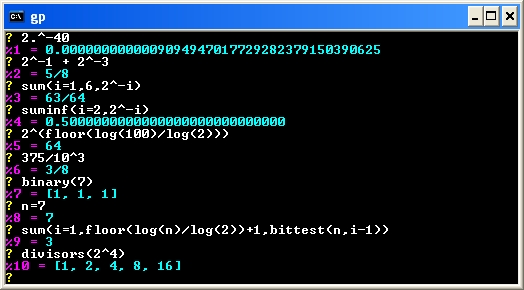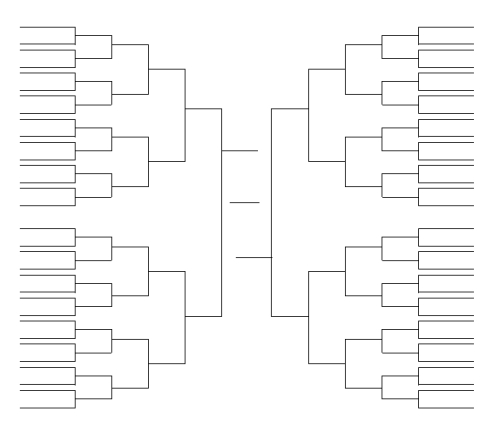Which is bigger, 64! or 264? 64! is, because it follows from a proof by induction for any integer n greater than or equal to 4. It’s also easy to just reason that 64! is bigger: 264 is 64 factors of 2, whereas 64! has 64 factors, except all but one of them (1) are 2 or greater.
When I saw this problem though I wondered if I could solve it in another way: Could the factors of two alone in 64! be greater than 264? As it turns out, almost.


